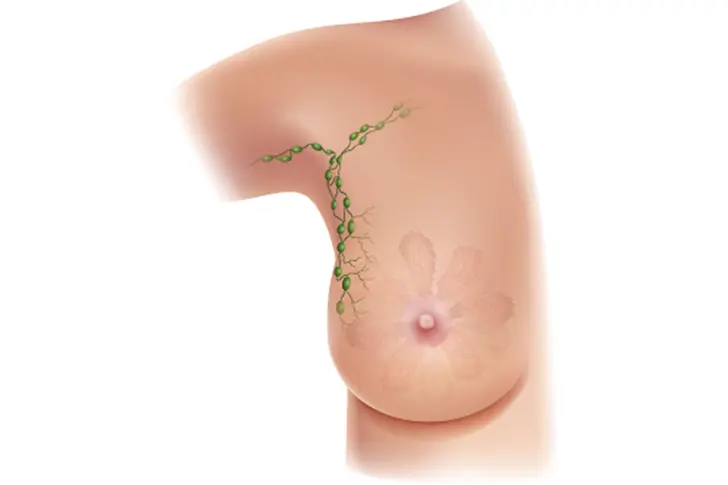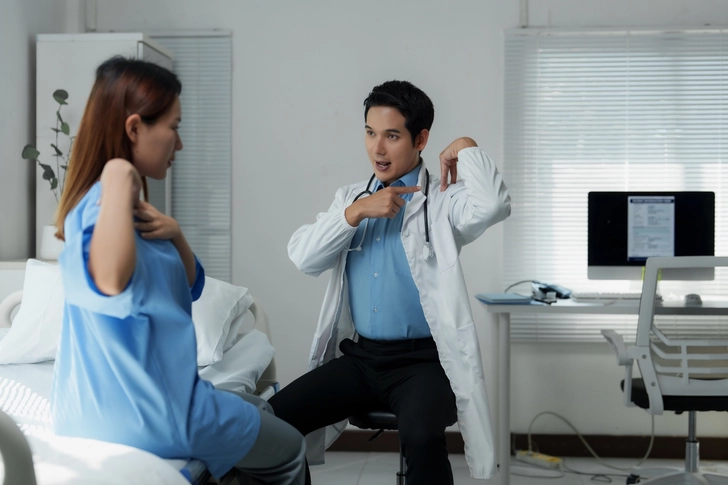- Overview
- Symptoms
- Risks, Prevention & Screening
- Tests & Diagnosis
- Types
- Your Breast Cancer Care Team
- Treatment
- Living With Breast Cancer
- Remission & Recurrence
- Advanced Breast Cancer
- Support & Resources
- Appointment Prep
- View Full Guide
What Is Cording?


What Is Cording?
Cording, also known as axillary web syndrome, is a potential side effect of breast cancer surgery involving lymph node removal. It appears as visible, rope-like structures under the skin, typically in the armpit area, extending down the inner arm. These cords can cause tightness, pain, and limited range of motion. While cording can be uncomfortable and concerning, it's usually a temporary condition that responds well to treatment.

Cording Symptoms
Cording often develops weeks or months after breast cancer surgery. You might notice tight, cord-like structures under your skin, running from your armpit down your arm, sometimes reaching as far as your wrist. These cords can be painful and may limit your ability to fully extend your arm or do everyday activities. Some people describe a pulling sensation when moving their arm.

Causes of Cording
Cording occurs when lymph vessels, which normally drain fluid from tissues, become hardened and tight following lymph node removal or radiation therapy. While the exact cause isn't fully understood, it's believed to be related to changes in the lymphatic system and scar tissue formation. Cording doesn't mean your cancer has returned; it's a physical response to treatment.

How Cording Is Diagnosed
Cording is typically diagnosed through a physical examination by your health care provider or a physical therapist. They will look for visible cords and assess your range of motion and pain levels. Imaging tests aren't usually necessary but might be used in some cases to rule out other conditions.

Treatment Options
Treatment for cording often involves physical therapy and gentle stretching exercises. A physical therapist can guide you through specific movements to help break down the cords and improve flexibility. Massage also may help. In some cases, pain management strategies, such as over-the-counter pain relievers or heat therapy, might be recommended.

What You Can Do at Home
You can also take steps at home to manage cording. Your physical therapist may recommend gentle stretching exercises. Applying warm compresses before stretching may help increase flexibility. Maintain good posture and try to use your affected arm for light activities to prevent stiffness. Be patient with your body and avoid forcing movements that cause pain.
PHOTO CREDITS:
Slide 1 - TimeLineArtist/Shutterstock
Slide 2 - PreciousJ/Shutterstock
Slide 3 - ORION PRODUCTION/Shutterstock
Slide 4 - Dikushin Dmitry/Shutterstock
Slide 5 - Pixel-Shot/Shutterstock
Slide 6 - Ground Picture/Shutterstock
SOURCES:
American Cancer Society: "Lymph Nodes and Cancer."
Breastcancer.org: "Axillary Web Syndrome (Cording)."
British Journal of General Practice: "Cording: a treatable complication of breast cancer surgery."